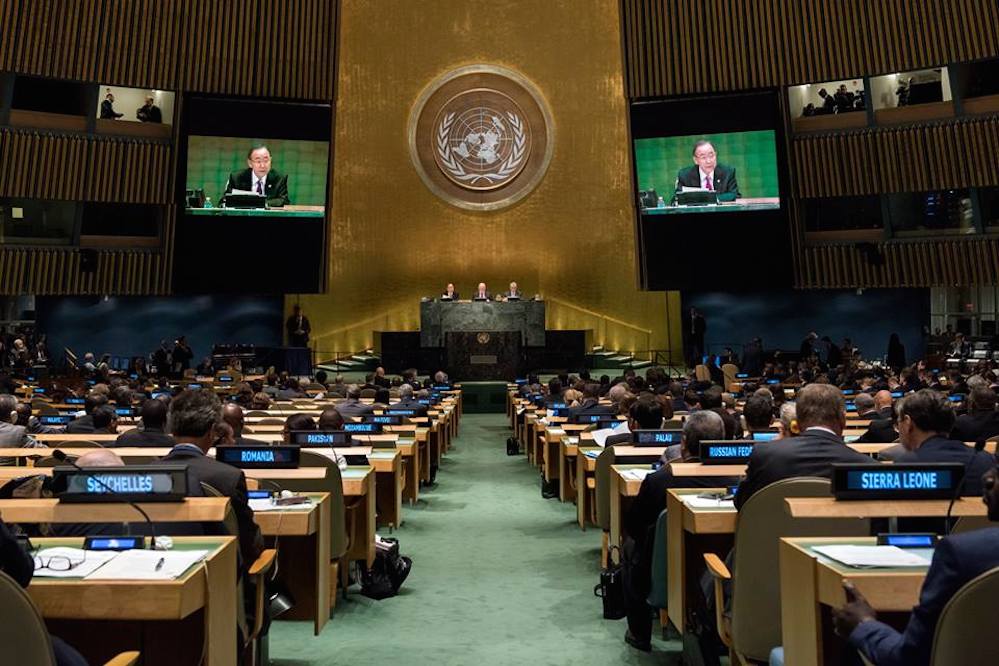The United Nations (UN) has lauded India’s remarkable progress in reducing child mortality rates, recognizing the country’s health reforms as an ‘exemplar’ for other nations to follow. The UN’s latest report highlights India’s ongoing commitment to improving public health and ensuring better healthcare access, particularly for children under five years of age.
In a special statement, the UN’s Children’s Fund (UNICEF) applauded India for its comprehensive health reforms and strategies that have contributed significantly to lowering child mortality rates. According to the latest data, India has achieved a significant reduction in child deaths, with the under-five mortality rate decreasing by more than 40% over the past decade.
“This is an incredible achievement and a testament to India’s dedication to improving the well-being of its most vulnerable populations,” said UNICEF Executive Director Catherine Russell. “India’s focused efforts in child healthcare and its innovative approaches to reaching underserved communities have played a critical role in reducing preventable child deaths.”
The report credited several key reforms and initiatives spearheaded by the Indian government in recent years. One of the most influential has been the National Health Mission (NHM), which has focused on expanding access to healthcare services in rural and remote areas. Additionally, India’s Janani Suraksha Yojana (JSY), a program aimed at reducing maternal and infant mortality, has provided financial support to encourage institutional deliveries.
The Pradhan Mantri Matru Vandana Yojana (PMMVY), a maternity benefit scheme, has also been praised for providing financial assistance to pregnant women, which has helped in improving maternal and infant health outcomes. These programs, combined with improved infrastructure, training for healthcare workers, and increased awareness about vaccination, have led to a marked improvement in healthcare delivery.
India’s achievements in child health have far-reaching consequences, not only for the country but also for the global community. The significant reduction in child mortality is a major milestone toward meeting the UN Sustainable Development Goal (SDG) 3, which aims to ensure healthy lives and promote well-being for all at all ages by 2030.
The UN report noted that India’s success has the potential to inspire other developing nations facing similar challenges. The model of integrating public health campaigns, government welfare schemes, and grassroots-level healthcare delivery has proven to be highly effective in tackling child mortality and other health disparities.
While the reduction in child mortality is a reason to celebrate, experts agree that continued focus on healthcare equity is essential for sustaining progress. The UN has emphasized the need for India to build on its successes by addressing emerging challenges such as non-communicable diseases (NCDs), air pollution, and malnutrition, which still impact the overall health outcomes of children.
Dr. Ramanan Laxminarayan, Director of the Center for Disease Dynamics, Economics, and Policy, said, “India’s progress in child mortality should be seen as a stepping stone. We must continue to build on these advancements with a focus on nutrition, sanitation, and tackling the growing burden of chronic diseases.”
India’s reduction in child mortality has earned global recognition, with the UN hailing the country’s health reforms as a model of success. As India continues to prioritize the health and well-being of its children, its experience provides valuable lessons for other nations in their pursuit of improved health outcomes. With sustained efforts, India is well on its way to achieving the SDGs and furthering its legacy as a leader in global public health.




